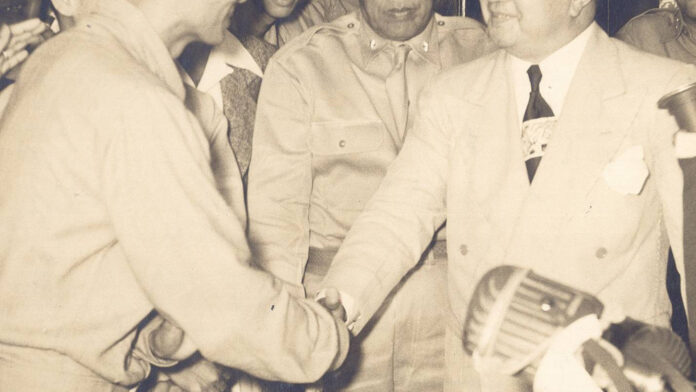The qualifications to those who are vying to be the President of the Philippines are quite simple despite the weight of the position. According to Article VII, Section 2 of the 1987 constitution, these are following criteria that should be met:
1.Natural-born Filipino;
2. A registered voter;
3. Must be able to read and write;
4. 40 years of age at the day of the election; and
5.Must have resided in the Philippines ten years before the election is held
There have been 16 presidents in the country in total, including the current president, Rodrigo Duterte. The President of the Philippines is elected directly by the people and has a term of six years and is ineligible for reelection. Here are the first eight presidents of the Philippines who shaped our history today.
The first president of the Philippines was Emilio Aguinaldo who was 29 years old when he became Chief of State. He held the position from January 23, 2899 until March 23, 2901 when he surrendered allegiance to the United States during the war. His term is best known for setting up the Malolos Republic and the proclamation of Philippine Independence on June 12, 1898.
Manuel L. Quezon soon became the second president of the country after winning the elections in September 1935. He is the first president of the Philippine Commonwealth. He was president for nine years as the 1935 constitution at the time allowed reelection but shortened the term of the president to four years. Moreover, he extended his term for a year due to the start of World War II. His term is known for making Pilipino the national language.
Jose P. Laurel is the third president of the Philippines but the only president during the second republic or the Japanese occupation. Laurel stayed in office from 1943 to 1944 when the second republic was abolished. He is best known for his advocacy of women’s suffrage and sponsorship of the Bill of Rights of the Constitution. He was also an associate justice of the Supreme Court.
Sergio Osmeña, the fourth president of the Philippines, reestablished the Philippine Commonwealth in 1945 with his election. He was a lawyer and was also the speaker of the first Philippine Assembly and a senator before his inauguration as president. Osmeña would run in the first post-war elections in 1946 but lost to Senate president Manuel Roxas.
Manuel Roxas became the fifth president of the Philippines and the first to lead the newly independent Philippines. He was won the elections by a slim margin and was inaugurated on July 4, 1946. His reign only lasted for 2 years due to passing away from a heart attack on April 15, 1948. However, despite brief, his achievements include the ratification of the Bell Trade Act, the inclusion of the Parity Amendment in the Constitution; and the signing of the 1947 Military Bases Agreement.
Elpidio Quirino continued Roxas’ presidency after his death making him the sixth president of the nation. The Quirino administration is focused on regaining faith in the government and to restore peace and order in the Philippines. With these objectives, his achievements include breaking the back of the Hukbalahap movement and the growth of the transportation industry via improvement on road systems.
Ramon Magsaysay was the seventh president of the Philippines following Quirino’s defeat in the 1953 presidential elections. He was known as “the guy” and the president for the masses. He opened the Malacañang to the public and passed the Agricultural Tenancy Act of 1954 to provide greater protection to tenants.
Carlos P. Garcia became the eight president of the Philippines filling in for Magsaysay’s eight month remaining term following his death. Before his stint in the executive office, he was Bohol’s representative to the National Assembly and was a senator until 1953. He is known for the Filipino First Policy that favored Filipino businesses over foreign investors. Known also as the “Prince of Visayan Poets” the cultural arts of the country was revived during his term.
From Emilio Aguinaldo to Carlos P. Garcia, the first eight presidents have shown a variety of ways to lead the country. It is why it is imperative for Filipinos to know their history to help them make conscious and critical decisions of what kind of leader they would want for the Philippines when the time comes to vote in the upcoming 2022 elections.
Photo Source: Official Gazette of the Republic of the Philippines Website


